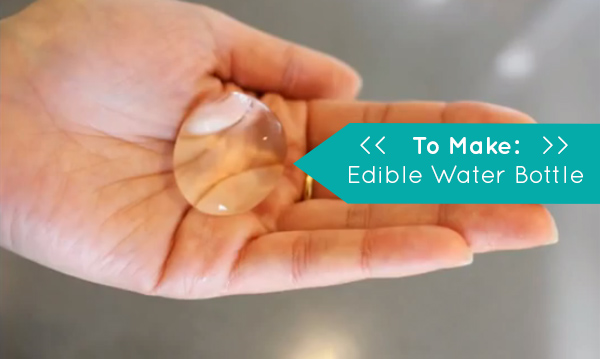
You know that those disposable plastic water bottles are super convenient, but plastic waste piling up in landfills and polluting our oceans is not so convenient. What if there were a disposable water bottle that somehow didn’t create waste? Meet the edible water bottle!
Related: 24 Water Bottle Crafts, The Best Bottled Water is Cheap, Safe, and Clean, 10 Reasons to Avoid Bottled Water
In the video below, Yuka Yoneda from Inhabitat shares a tutorial for making an edible water bottle using water and a couple of chemicals that we’ll get into a bit more below. The chemicals react in a process called “reverse spherification.” Basically, you’re creating a jelly-like bubble with water inside it.
Edible Water Bottle Ingredients
So, what are these ingredients that she’s talking about? We don’t want to replace plastic water bottles with other toxic materials, right? I did a little bit of research, and it sounds like sodium alginate and calcium lactate are innocuous chemicals:
Sodium Alginate – This is an ingredient derived from seaweed used as a thickener in processed foods. I wonder if you could use agar agar powder in place of this ingredient? If anyone wants to give it a go, let me know! You can find it online here.
Calcium Lactate – This is a crystal that’s sometimes used as a supplement. Calcium lactate can come from dairy sources, but you can also find non-dairy calcium lactate.
What do you guys think? Would you make your own edible water bottles? If you saw these at the store, would you buy them?

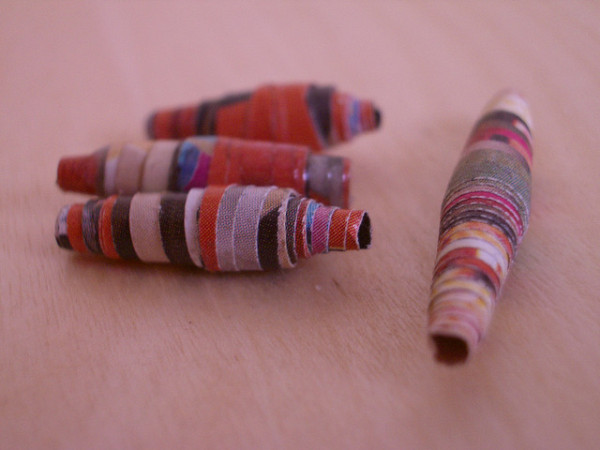
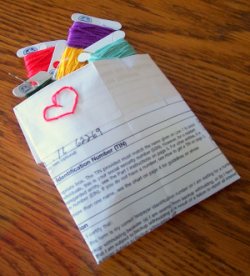
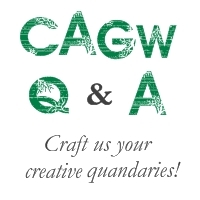
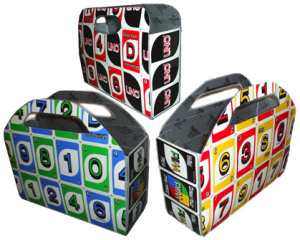
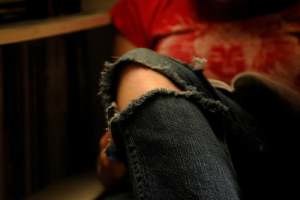

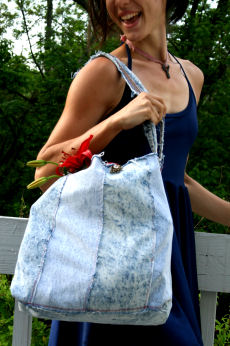
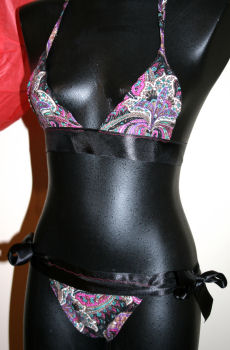
Pingback: Eat Drink Better | Healthy recipes, good food: sustainable eats for a healthy lifestyle!